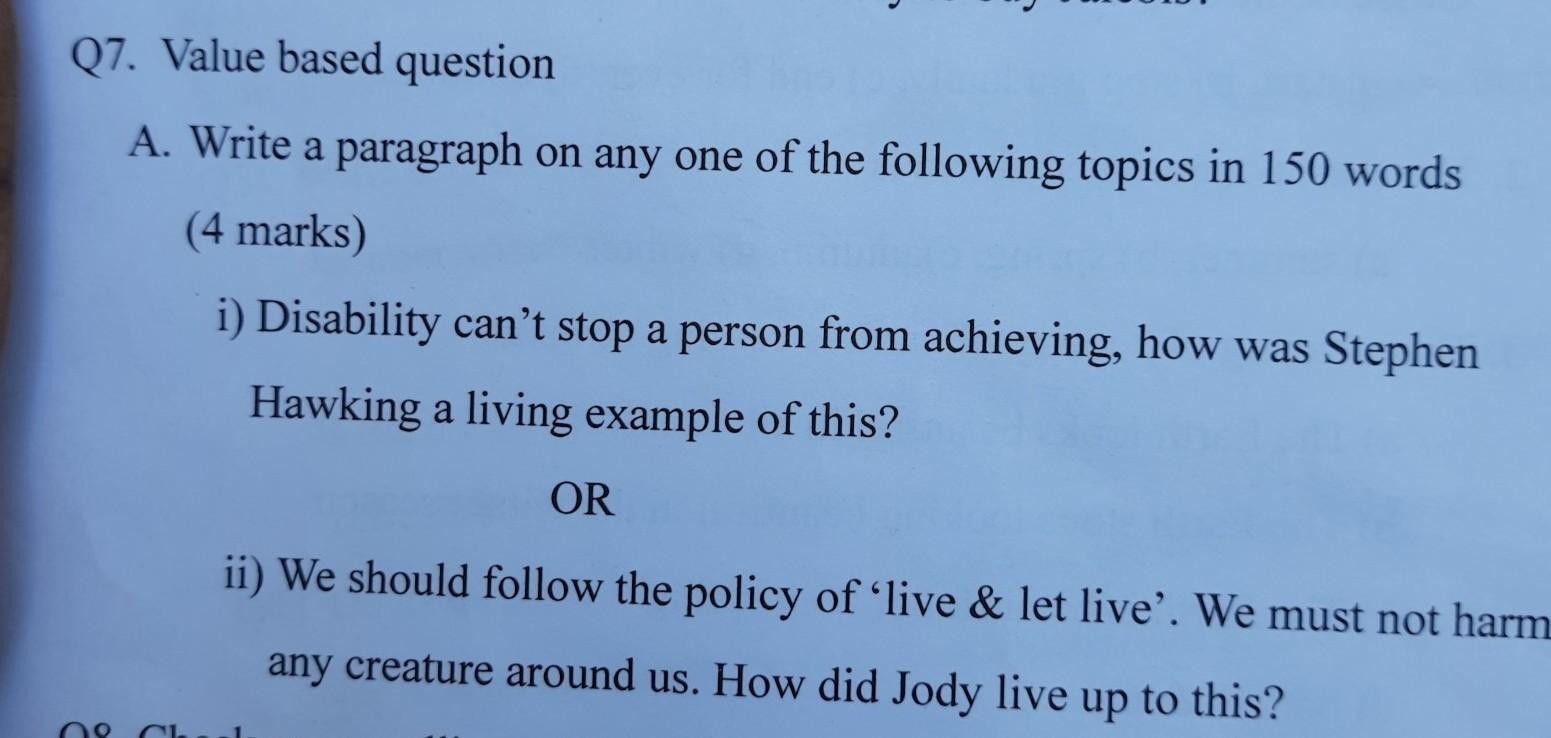why do you think the Indian judiciary is independent? Give reason.
-
Subject:
Political Science -
Author:
shaggy -
Created:
1 year ago
Answers 2
Answer:
mere 14 March 2022 se annual exam start hone wala ha
-
Author:
mercedese1mr
-
Rate an answer:
1
The Indian judiciary is independent for untethered and fair justice prevails in India.
- Indian judiciary is an autonomous body. Although the three pillars of the Indian democracy legislative, executive, and judiciary are interdependent.
- The judiciary of India consists of the Supreme court of India which is the apex court, then it is followed by the high courts every state has a high court, it is followed by the district courts and subordinate courts.
- The independence of Judiciary India ensures that the powers are not misused by the government.
- The judiciary of India works upon their will for untethered and unbiased justice.
- It is not accountable to any other body unlike the legislative and executive.
-
Author:
bernabénehm
-
Rate an answer:
7
If you know the answer add it here!
Choose a language and a region
How much to ban the user?
1 hour
1 day
100 years

